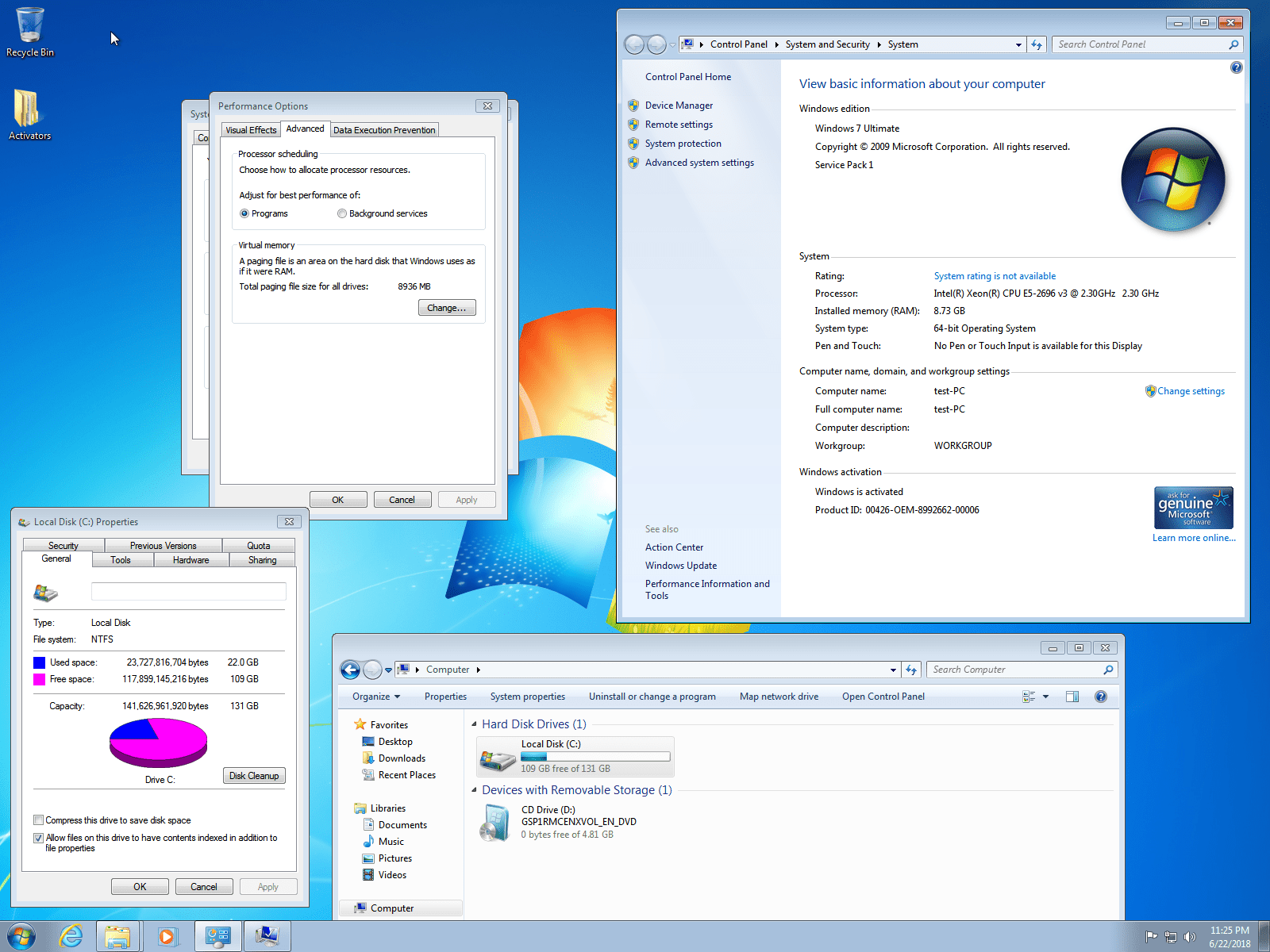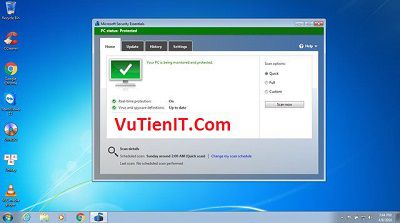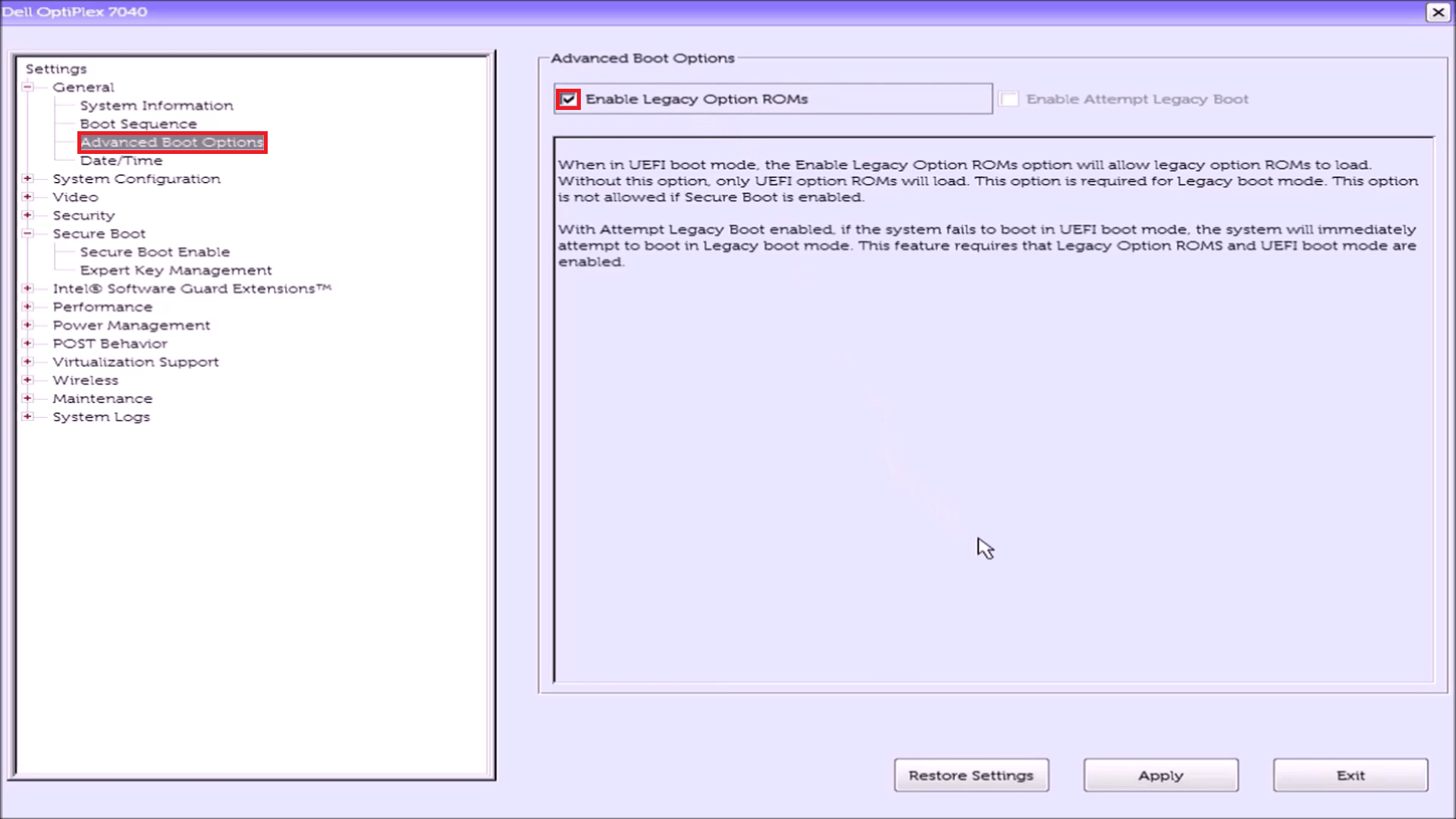
- #ACTIVATOR WINDOWS 7 UEFI HOW TO#
- #ACTIVATOR WINDOWS 7 UEFI INSTALL#
- #ACTIVATOR WINDOWS 7 UEFI UPDATE#
- #ACTIVATOR WINDOWS 7 UEFI UPGRADE#
- #ACTIVATOR WINDOWS 7 UEFI WINDOWS 10#
The installer will accept this key and the installation process will continue normally. When you’re asked to enter a key, enter the Windows 7, 8, or 8.1 key.
#ACTIVATOR WINDOWS 7 UEFI UPGRADE#
You can perform an upgrade installation that keeps your existing files or a clean installation that wipes your system drive.
#ACTIVATOR WINDOWS 7 UEFI WINDOWS 10#
Insert the installation media into the computer you want to upgrade, reboot, and boot from the installation media. Install Windows 10 normally. (Even if the resulting Windows 10 installation isn’t activated, you could just plug in your old Windows 7 or Windows 8.1 key after the upgrade process finishes.) It will work if the Media Creation Tool is happy to perform the upgrade. Assuming you started with a genuine, activated Windows 7 or Windows 8.1 system, it will give you an activated Windows 10 system. You can choose whether you want to keep your files and programs or start fresh.

Update: You can simply download the latest Media Creation Tool from Microsoft’s website and run it to upgrade-it will upgrade your current PC with no actual media creation necessary. Select “Create installation media for another PC” and the tool will offer to create a bootable USB flash drive or burn a bootable DVD. You can do this with Microsoft’s Windows 10 media creation tool.

It’s always a good idea to have backups, especially when installing a new operating system.Ĭreate Windows 10 installation media if you don’t already have it lying around. Even if you plan on performing an upgrade install, something could go wrong. Write it down.īe sure you have backups of your important files before continuing. If you don’t, you can use a tool like NirSoft’s ProduKey to find the key currently in use on your Windows 7, 8, or 8.1 PC. If you have one of those lying around, great. First, you’ll need a Windows 7, 8, or 8.1 key.
#ACTIVATOR WINDOWS 7 UEFI HOW TO#
RELATED: How to Find Your Lost Windows or Office Product Keys How to Use a Windows 7, 8, or 8.1 Key to Get Windows 10 It’s possible that Microsoft will disable it soon, but it’s also possible Microsoft will look the other way and keep this trick around to encourage more Windows 10 upgrades for a long time to come. Microsoft hasn’t released any sort of statement about this upgrade method at all. Enter any Windows 7, 8, or 8.1 key that hasn’t previously been used to upgrade to 10, and Microsoft’s servers will give your PC’s hardware a new digital license that will allow you to continue using Windows 10 indefinitely on that PC. It works when installing Windows 10 with installation media or by entering the key after installing Windows 10.
#ACTIVATOR WINDOWS 7 UEFI UPDATE#
Either way, ensure that the disk uses GPT and the Windows installer can take care of the rest.Now, even though the free upgrade offer is technically over, this method still functions in every version of Windows 10, from 2016’s Anniversary Update to the November 2019 Update. Personally, I'd use a Linux live CD for this, like Parted Magic or System Rescue CD but if you're not comfortable with Linux, you may prefer to use a Windows emergency disc and Windows tools. It might work fine, particularly if the disk has no partitions but if you want to be 100% certain that you're installing in EFI mode, you might want to pre-partition the disk using GPT. I don't know offhand what the Windows installer does when confronted with an MBR disk during an EFI-mode installation. A caveat: Many firmware interface options are very poorly named, so you may find that these options don't have the effects that they seem to describe. You should definitely avoid the "Legacy" option. If it boots in EFI/UEFI mode, then the effect will be identical to using the "UEFI" option but if it boots in BIOS/CSM/legacy mode, you'll be wasting your time.

The "UEFI or Legacy OS" option might also work, but is more hit-or-miss - there's really no way to know in which mode the Windows installer will boot.
#ACTIVATOR WINDOWS 7 UEFI INSTALL#
Since you want to install in EFI mode, the "UEFI" option makes the most sense if the names are truly descriptive of their effects, this will force the computer to boot in EFI mode, which is what you want.

"CSM" and "legacy" are synonymous in this context, so -10 points for clarity to whoever wrote your firmware's user interface.


 0 kommentar(er)
0 kommentar(er)
